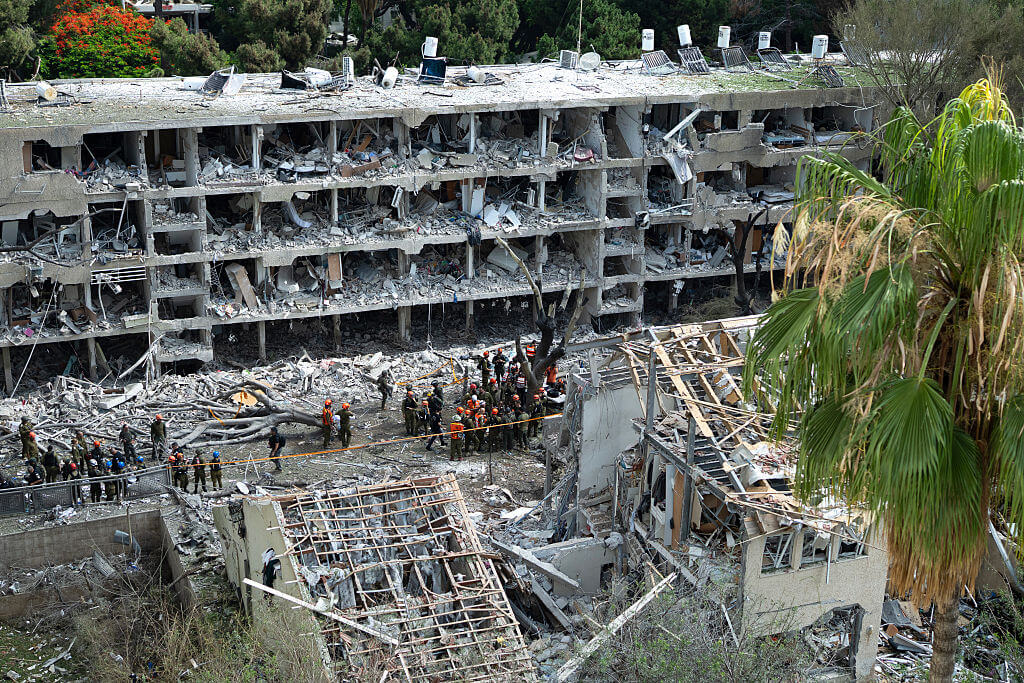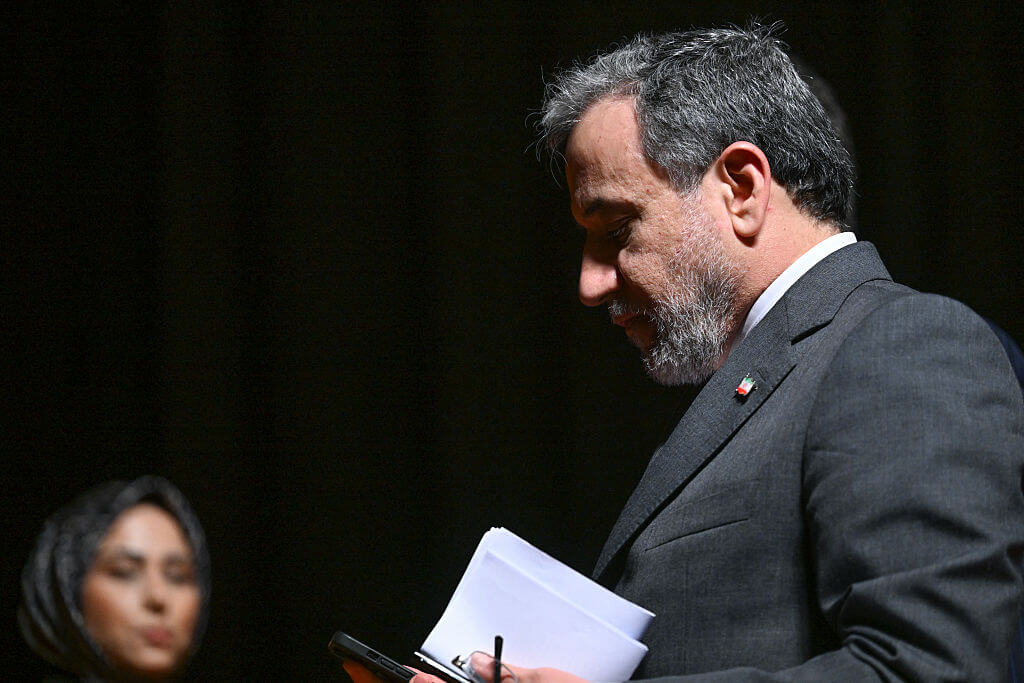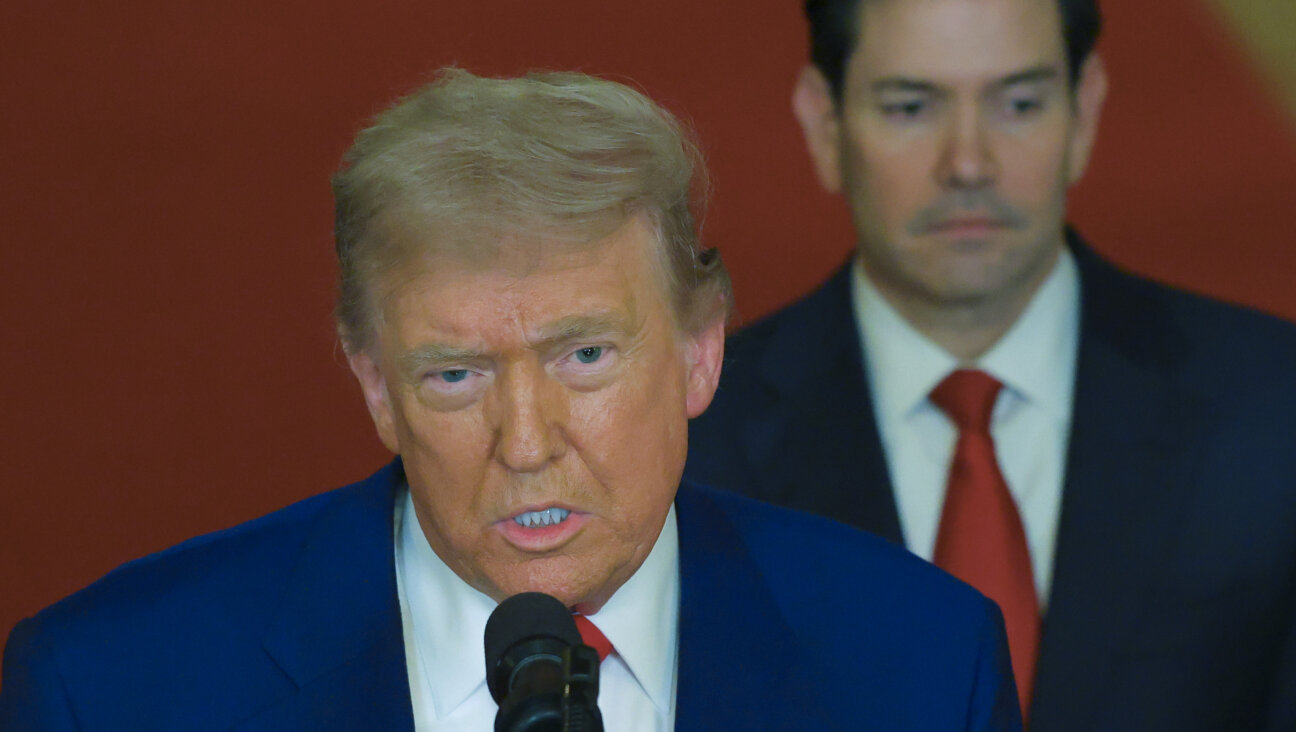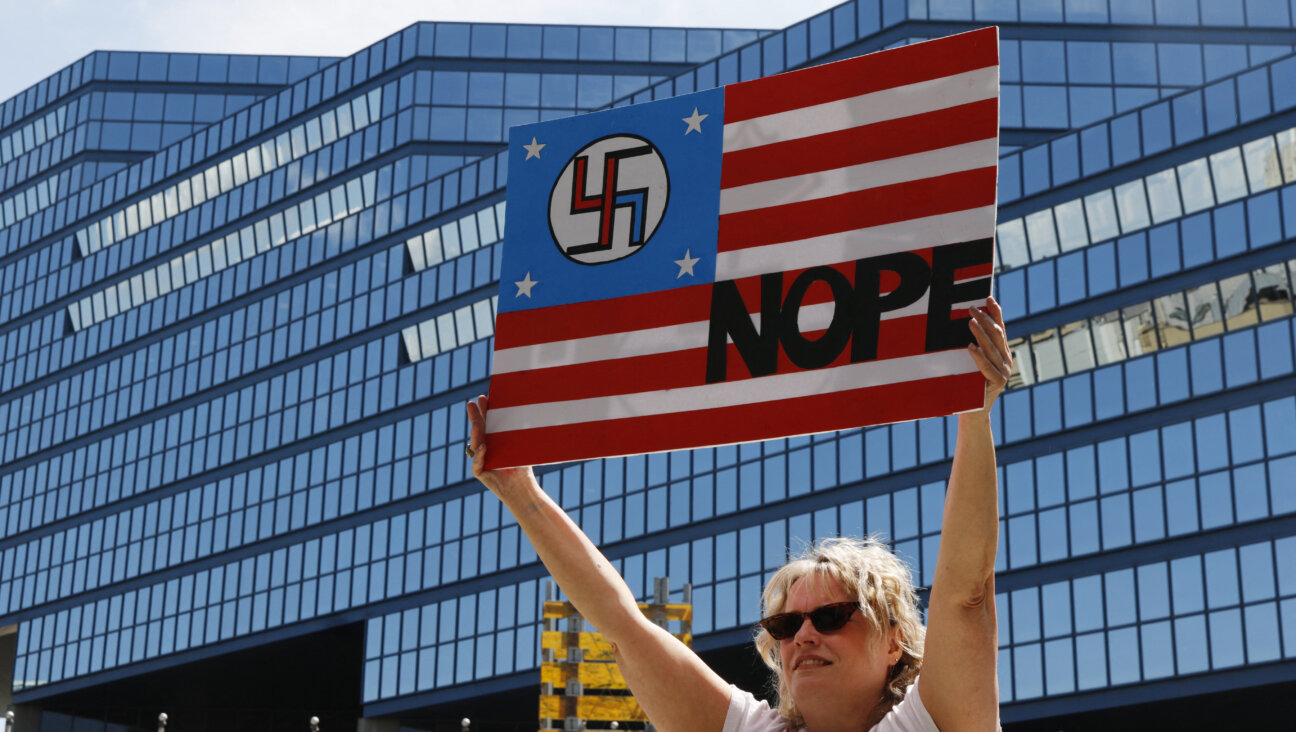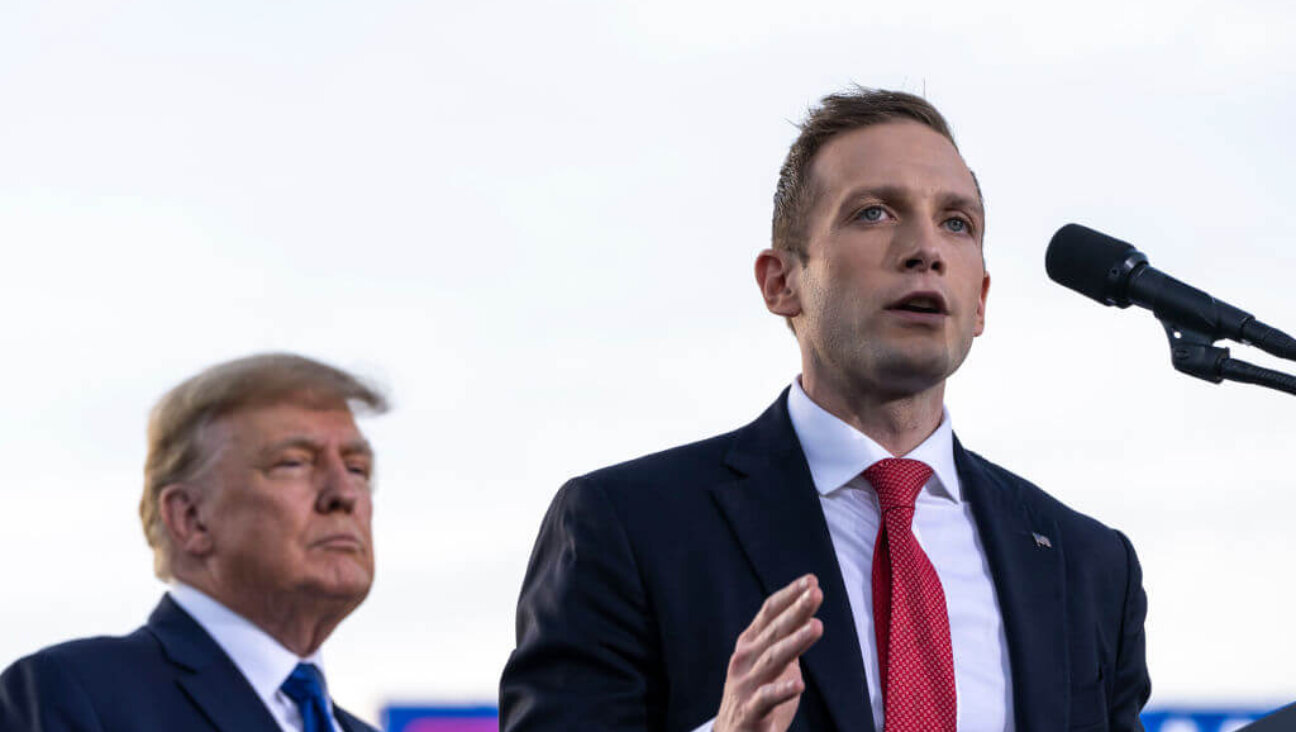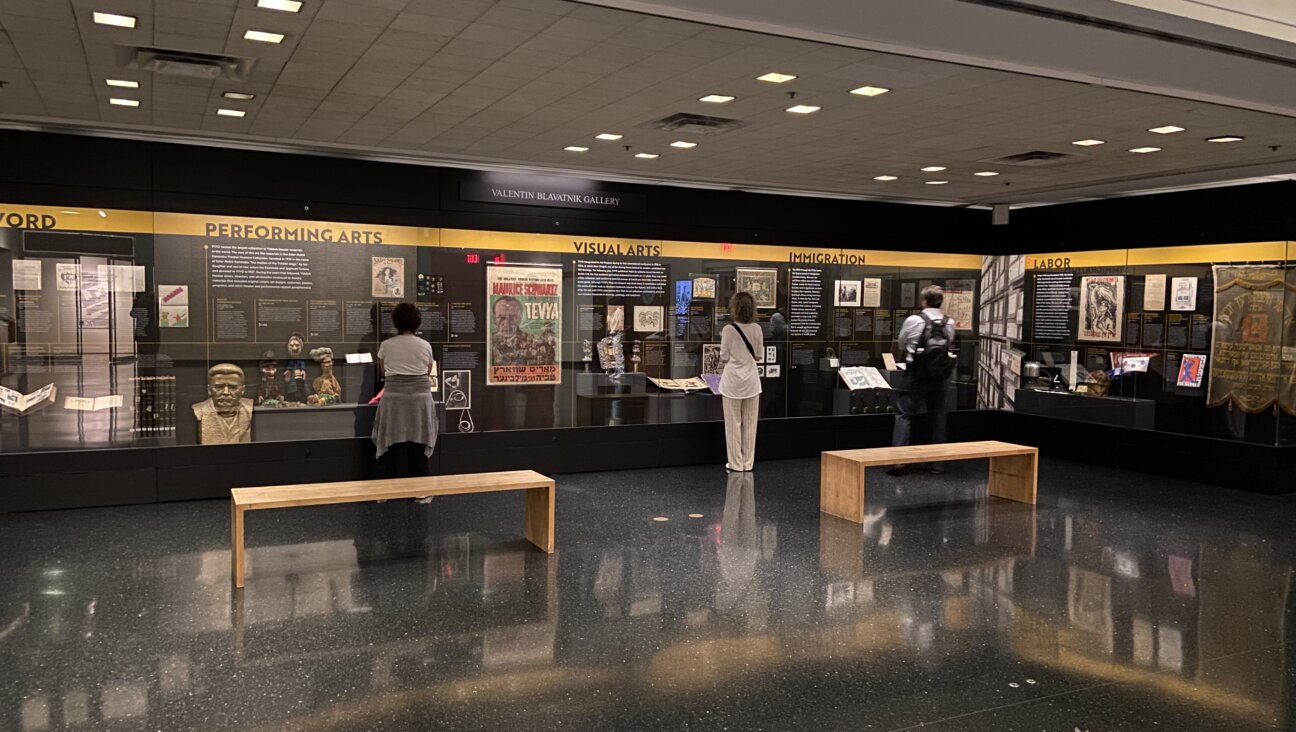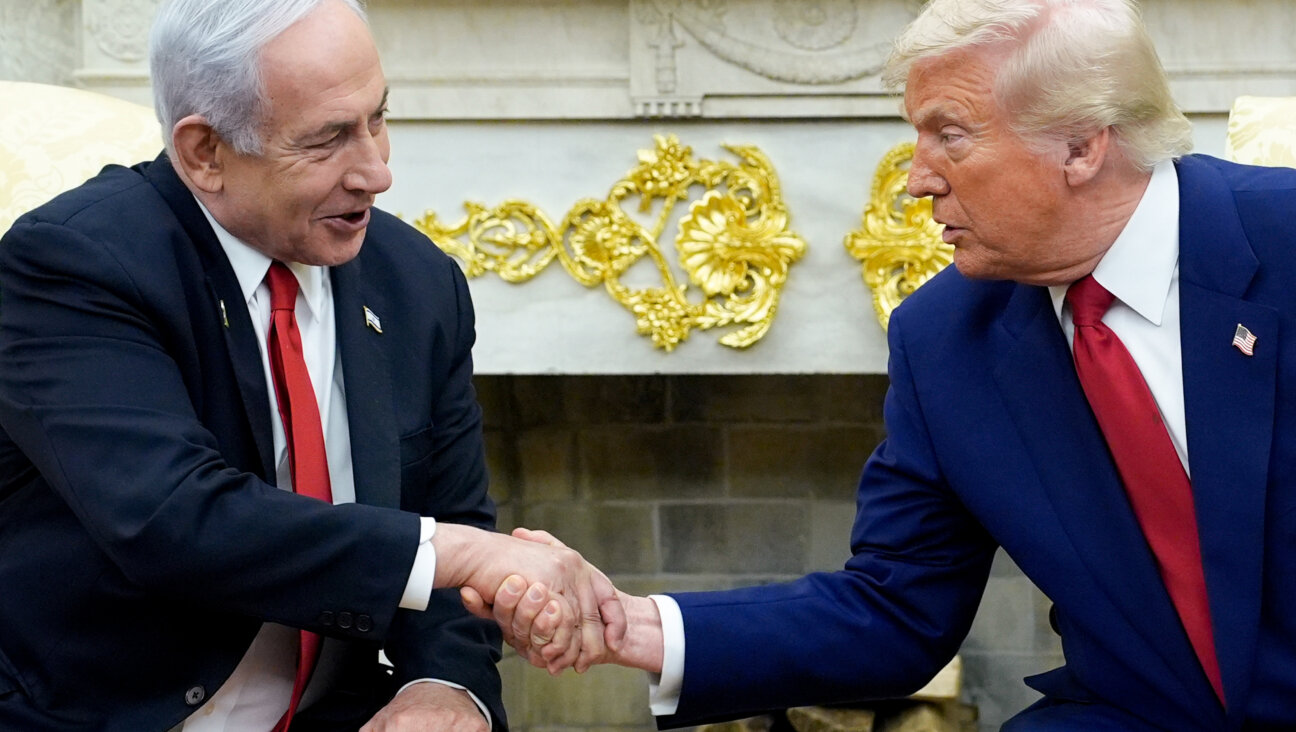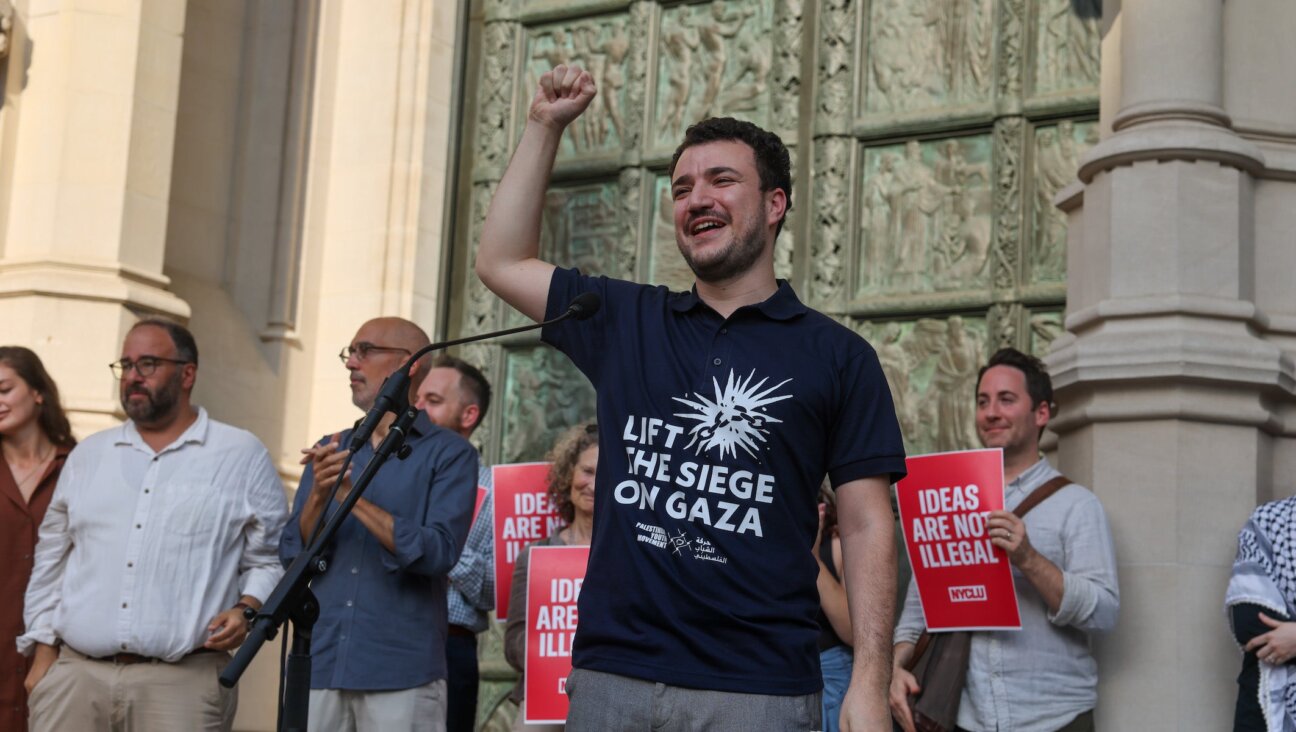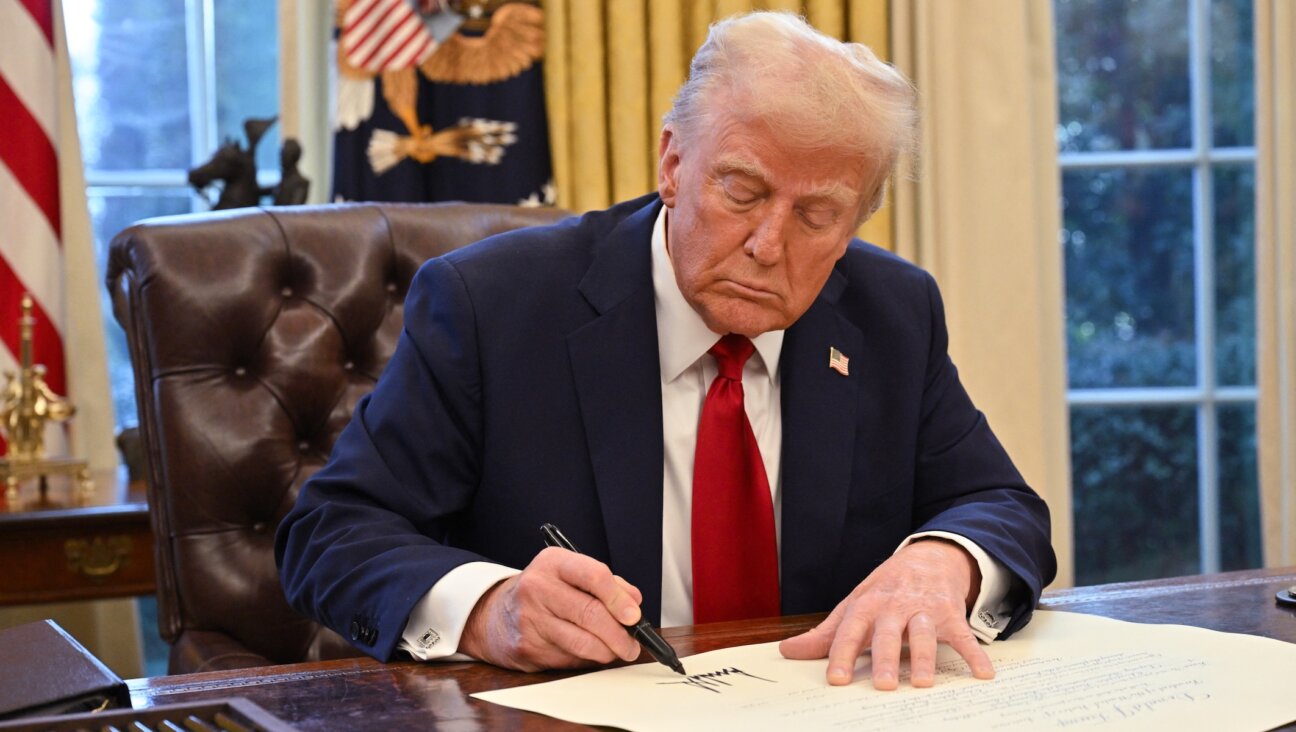Why did Stanford students host a group of neo-Nazis?
The Azov battalion, a neo-Nazi Ukrainian unit, has found friends among America’s elite
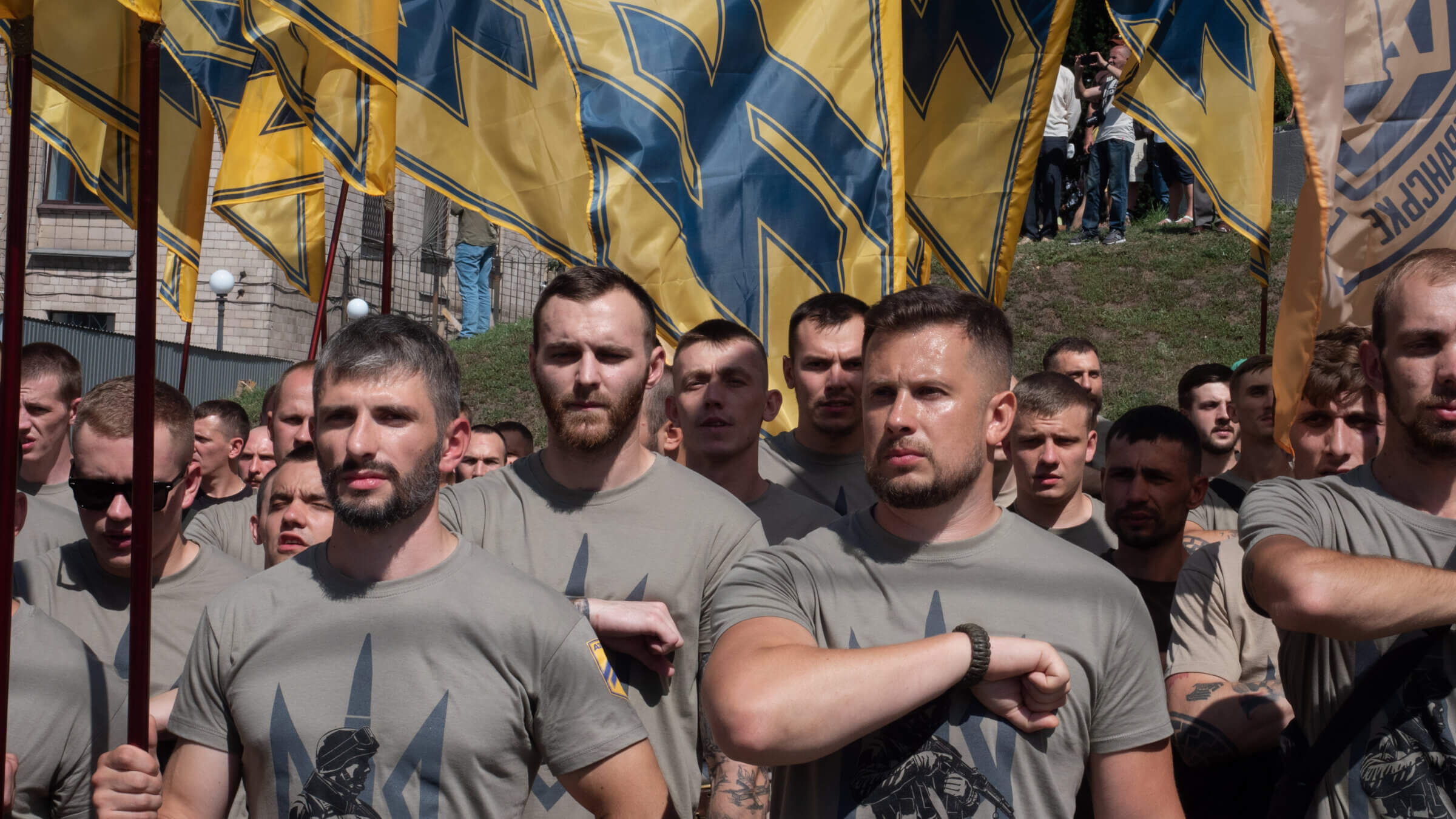
The Azov battalion during Ukrainian Independence Day on August 24, 2019 in Kyiv Photo by Gaelle Girbes/Getty Images
Conversations about white supremacy in America today typically center on right-wing media and incendiary politicians who blast out racist dog whistles.
But hate doesn’t need demagogues to get mainstreamed; it has also found an outlet at elite universities.
On June 29, Stanford University hosted a delegation from the Azov Brigade, a neo-Nazi formation in the Ukrainian National Guard. The panel, during which Azov’s neo-Nazi insignia was projected onto the wall, was attended by noted political scientist Francis Fukuyama, who posed for a photograph with the delegation.
A famous philosopher Francis Fukuyama @FukuyamaFrancis joined us in Stanford. Mr. Fukuyama expressed gratitude to Azov @azov_media Sergeant Arseniy Fedosyuk for his service and heroism during Mariupol campaign and uttered support to Ukraine on our sure way to victory. pic.twitter.com/dpqGjI27v8
— Kateryna Prokopenko (@KatProkopenkoUa) June 30, 2023
This event — and the disturbing lack of reaction from Jewish organizations — showcases the limits of America’s commitment to combating white supremacy.
Call it the Ukraine exception.
Before Russia’s 2022 invasion, nearly every Western institution raised alarms about Azov. Putin’s brazen attack on Ukraine led to a much deserved outpouring of support for the country. Unfortunately, it also led to suppression of those who criticize the dark side of Kyiv: its reliance on far-right military elements, the most prominent example of which is Azov.
Listen to That Jewish News Show, a smart and thoughtful look at the week in Jewish news from the journalists at the Forward, now available on Apple and Spotify:
Even amid today’s surge of antisemitism globally, Azov has become the Teflon Neo-Nazis: freedom fighters who can do no wrong, celebrated across America, including at prestigious institutions like Stanford.
All too often, this adulation of a neo-Nazi formation has been met with silence by the Jewish community.
From neo-Nazis to heroes
Azov began in 2014 as a paramilitary battalion formed out of a neo-Nazi street gang; it helped Kyiv fight back against Russian-backed rebels in eastern Ukraine. Azov eventually grew into a brigade in Ukraine’s National Guard. In addition to committing war crimes, the unit is notorious for its recruitment of radicals from around the world, including America.
Azov’s radicalism has been tracked by the Simon Wiesenthal Center and the Anti-Defamation League, banned as a hate group by Facebook and blocked from receiving weapons by Congress.
But then, Russian president Vladimir Putin used Azov as “justification” for his invasion. Moscow needed to sell the war to the public — it exploited Azov’s existence by falsely painting Ukraine as teeming with fascists and Russia’s invasion as a “denazification” mission.
The reaction of the West played in Azov’s favor. The existence of white supremacists certainly doesn’t give Putin the right to invade Ukraine. The Kremlin’s premise of “denazification” also rings hollow, considering there are plenty of neo-Nazis fighting for Moscow.
But for Azov, Moscow’s obsession has been a ticket to the limelight. Buoyed by the notion that If Putin hates them, they must be the good guys, brigade members have been welcomed to Congress and lauded on television.
In addition to an Azov veteran, the Stanford appearance featured Kateryna Prokopenko, whose husband Denys was the brigade’s commander through the spring of 2022.
Denys Prokopenko has been photographed with his platoon’s informal insignia of a bearded Totenkopf, a type of skull-and-crossbones used by the SS. He was also featured on the cover of Azov’s unofficial magazine, which uses the Sonnenrad neo-Nazi rune favored by white terrorists like the perpetrator of last year’s massacre in Buffalo, New York.
Third Reich insignia on an elite campus
Last week’s event wasn’t Azov’s first Stanford tour – a delegation was also welcomed there last fall. Ironically, one of Stanford’s own institutes published a report chronicling Azov’s white supremacy mere months before the brigade’s visit.
When asked about Azov’s return to campus, a university spokesperson told me via email on June 27 that the event was co-sponsored by the Ukrainian Student Association at Stanford at the Department of Slavic Languages and Literatures. “The university does not take positions on outside speakers that groups within our community want to hear from,” they added.
But Azov’s visit concerns an issue Stanford has taken a position on: Nazi symbolism.
The flyer advertising the Azov event contains the brigade’s official insignia, which is the wolfsangel, yet another hate symbol used by both the Third Reich and today’s neo-Nazis.
This isn’t the first Stanford incident involving Nazi imagery. However, the lack of response on Azov stands in sharp contrast to Stanford’s actions in previous cases.
In 2019, Stanford was embroiled in controversy after left-wing cartoonist Eli Valley was invited to speak on campus. Valley, whose artwork features grotesque satire using Nazi imagery, was met with protests. Indeed, it led to university officials issuing a lengthy statement condemning antisemitism.
This March, the school addressed the discovery of swastikas in a dormitory by stating, “Stanford wholeheartedly rejects antisemitism, racism, hatred, and associated symbols, which are reprehensible and will not be tolerated.”
When more antisemitic attacks followed in April, Stanford’s president said: “I want to make it very clear that we will not tolerate antisemitism and the symbols of antisemitism here on campus. It is something we need to eradicate.”
Yet despite these declarations of commitment to combating antisemitism, Stanford has not responded to repeated inquiries about the university’s position regarding the Azov event displaying the wolfsangel.
We seem endlessly surprised at politicians like Donald Trump who refuse to accept responsibility for actions that enable bigotry. It shouldn’t be surprising, considering demagogues don’t bother with responsibility; that’s what makes them demagogues.
But what about a pillar of education and enlightenment like a prestigious university? What’s Stanford’s excuse?
Calling out neo-Nazism: Void where prohibited
Our tolerance of Azov seems even more alarming when we consider reactions to neo-Nazism that don’t involve the brigade.
In 2018, Rep. Matt Gaetz was caught inviting a Holocaust denier to the State of the Union. Gaetz’s decision to platform hate on Capitol Hill was condemned by colleagues and the ADL.
But there have been no denunciations of numerous lawmakers who welcomed Azov fighters to Washington. This includes Rep. Marcy Kaptur, who was photographed with an Azov veteran whose Twitter contained pictures of him wearing a shirt with 1488 (neo-Nazi code) and “likes” of a Hitler photo and “Death to Kikes” graffiti.
Indeed, Azov delegations to Washington proudly advertise their meetings on the Hill.
Or see how Jewish media and the State Department took the trouble to condemn musician Roger Waters for wearing a fascist uniform during concerts (this is part of Waters’ performance of The Wall, a satire of fascism).
The very same day, The New York Times exposed the prevalence of Nazi symbols in Ukraine’s armed forces, which receive billions in American weapons. You’d imagine this news would be at least as concerning as a musician’s costume. Yet neither the State Department nor Jewish watchdogs reacted to it (and neither the State Department or the ADL have responded to my requests for comment).
The American Jewish community must condemn neo-Nazism without exception, not just when geopolitically convenient. They can start by calling on institutions like Stanford to stop platforming Azov.
Listen to That Jewish News Show, a smart and thoughtful look at the week in Jewish news from the journalists at the Forward, now available on Apple and Spotify:








